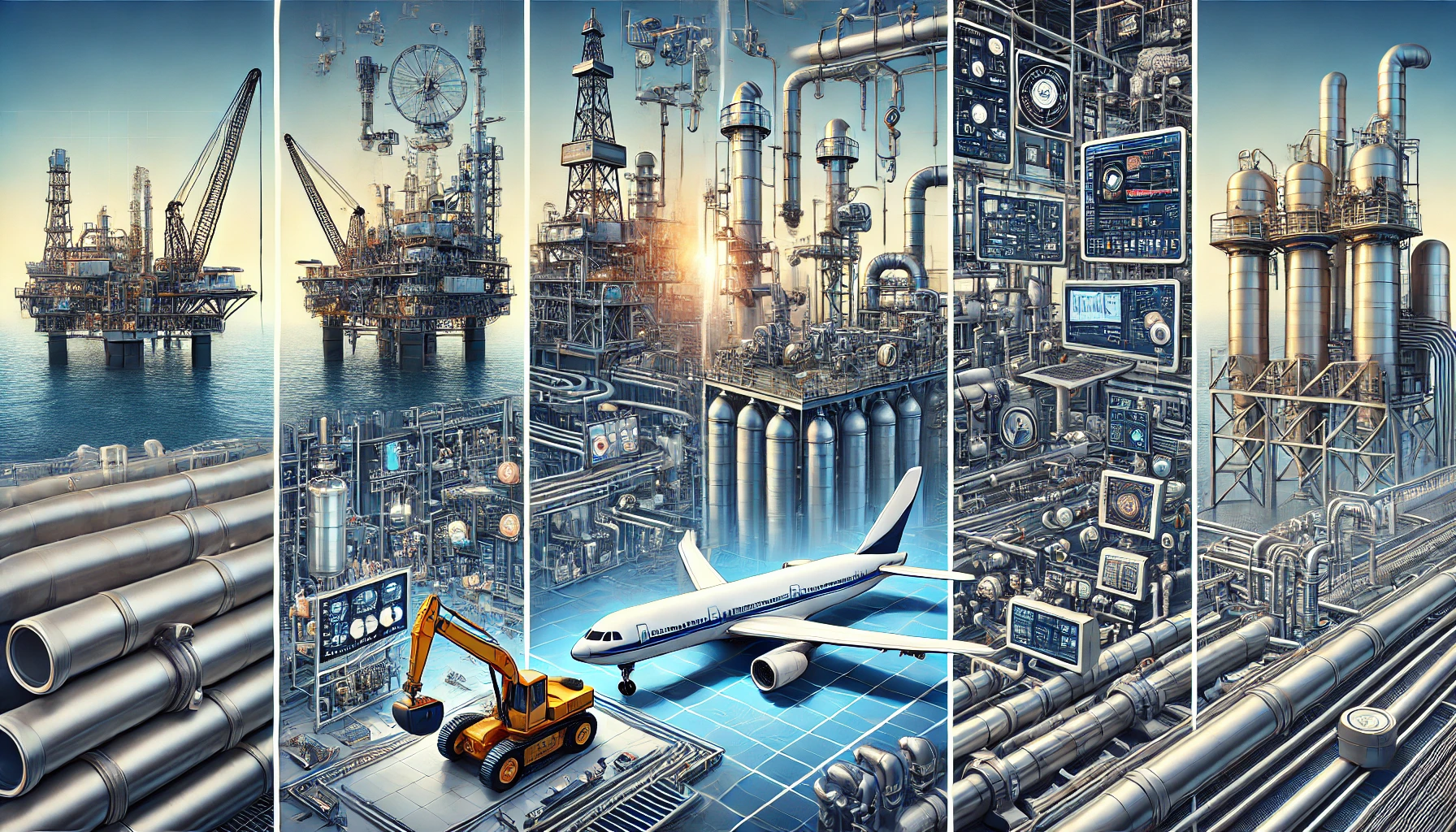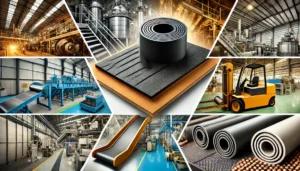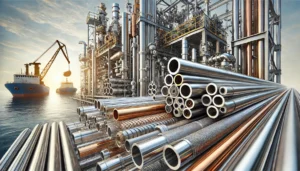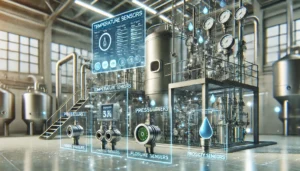In several industries, high-pressure tubing is crucial since it enables the safe and efficient transport of fluids and gases. Below are five important areas where it really makes a difference.
1. Oil and gas industry
High-pressure tubing is required for many different operations in the oil and gas sector.
- Downhole Control Systems: Oil and gas facilities utilize high pressure tubing in downhole control systems to manipulate tools and “downhole” equipment. This particular tubing is exposed to deep internal temperatures deep underground, so it has to withstand both high pressures and temperatures.
- Chemical Injection Modules: To preserve flow efficiency while averting problems like corrosion and hydrate formation, a certain amount of chemicals needs to be injected into pipelines intensely. High-pressure tubing is important to ensure the accurate conveyance of chemicals to high-pressure pipelines.
- Hydraulic and pneumatic piping: High-pressure tubing is utilized in the most powerful and efficient mechanical systems, like drilling rigs and oil and gas production machinery, a few of which are powered by energy fluids, hydraulic and pneumatic systems. Withstands highly strong forces generated by these systems tubing.
High-pressure tubing is also widely used in offshore platforms where saltwater exposure makes the materials need to be not only pressure resistant but also corrosion resistant. Stainless steel and other high-pressure alloy based tubing solutions are able to meet these detailed requirements ensuring rough service life in marine environments.
2. Chemical and Petrochemical Industries
From the pipeline networks in the chemical industry to gas installations as well as oil and petrochemical industries, various types of hazardous and reactive chemicals such as explosive chemicals are often used at high pressure.
- Process Lines: High-pressure tubing is employed to convey chemicals from reactors, separators, and other processes. The Material of the Tube must be nonreactive with the chemicals to ensure safety and integrity.
- Instrumentation and Control Systems: Process variables require very precise supervision and regulation. High-pressure tubing connects pressure, temperature, and flow rate measuring devices enabling precise data transfer needed to optimize processes and enhance safety.
Moreover, in petrochemical plants the movement of high-pressure tubing is necessary for the movement of superheated fluids which are crucial in cracking processes. The Inconels and other high alloys which provide thermal and mechanical stability in these crucial operations will be greatly needed in the tubing materials.
3. Medical Applications
In medicine, high-pressure tubing is integral to making various types of procedures and equipment including, but not limited to, the following:
- Angiographic and balloon catheters: During the angiography procedure, high-pressure tubing is utilized to inject a contrast agent into the targeted blood vessels. The tubing is put under the necessary pressure in order to deliver the agent into the vessels quickly and safely.
- High-pressure injection systems: Some medical procedures require fluids to be injected at such high pressures that different systems are employed solely for this purpose. High-pressure tubing guarantees the accuracy and safety of the injections while preserving the fluids and assuring the patient’s safety.
Advanced imaging systems like MRIs or CTs employ medical-grade high-pressure tubing to ensure that the cooling systems are controlled precisely so the equipment can function. Additionally, the delicate nature of these medical procedures means that the tubing needs to be both sterile and able to withstand pressure.
4. Industrial Manufacturing
The following is a list of processes that require high pressure tubing within their manufacturing process:
- Hydraulic systems: During manufacturing, hydraulic systems employ high-pressure tubing in order to transmit fluid power required to run various pieces of machinery such as presses or injection molding machines. The tubing is supposed to withstand great pressures so that all machines operate efficiently and safely.
- Pneumatic Systems: Just like pneumatic systems where tubing is designed to transport compressed air to the tools and equipment at high pressure, so too is the case with high quality tubing able to work with these systems. Their ability to work with high pressure makes it possible for these systems to work in a reliable and efficient manner.
In Robotics Assemblies, the life support systems that are used in the manufacturing sectors use high-temperature and high-shock rated tubing. Resources like highly rigidity tubing become critical as these robotic assembly lines must provide continuous precise pressure for functioning and accuracy along with minimum production errors.
5. Aerospace And Defense
The requirements are very high and precise in aerospace and defense systems:
- Fuel and Hydraulic Lines: The fuel and hydraulic systems of an aircraft or defense vehicles generally work on high pressure. The tubing that they use has to be lightweight and be able to work under high temperature and pressure.
- Life Support Systems: When providing oxygen or any other important gas, the high pressure tubing has to be used in a way that maintains the high pressure inside the tubing for the safety and wellbeing of the users.
Missile systems and satellite systems use high-pressure tubing in their propulsion and missile cooling systems. During critical missions, the use of high-pressure tubing has to be operated in extreme conditions and being able to work without failure ensures mission reliability.
Conclusion
In many industries such as oil and gas, medical, industrial, chemical, and manufacturing, high-pressure tubing is crucial. This is because high-pressure tubing aids in handling fluids and gases under high pressure, guaranteeing the safety and efficiency of the systems being utilized. With the advancement of technology, materials and designs for tubing are anticipated to change for better durability and adaptability to different conditions. This, of course goes with the fact that they will be stronger and more efficient. These advancements will assist in making modern industrial applications safe.










